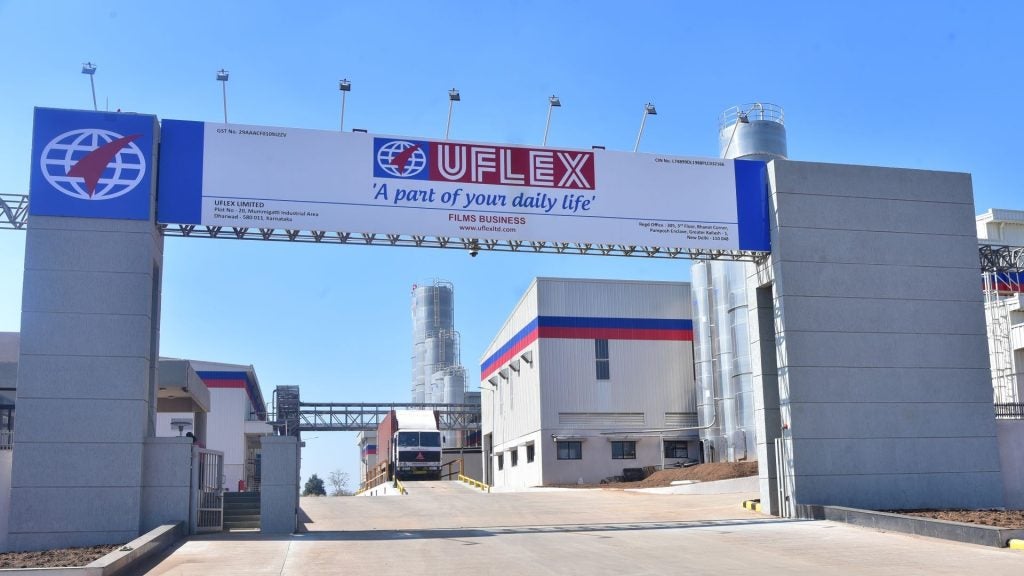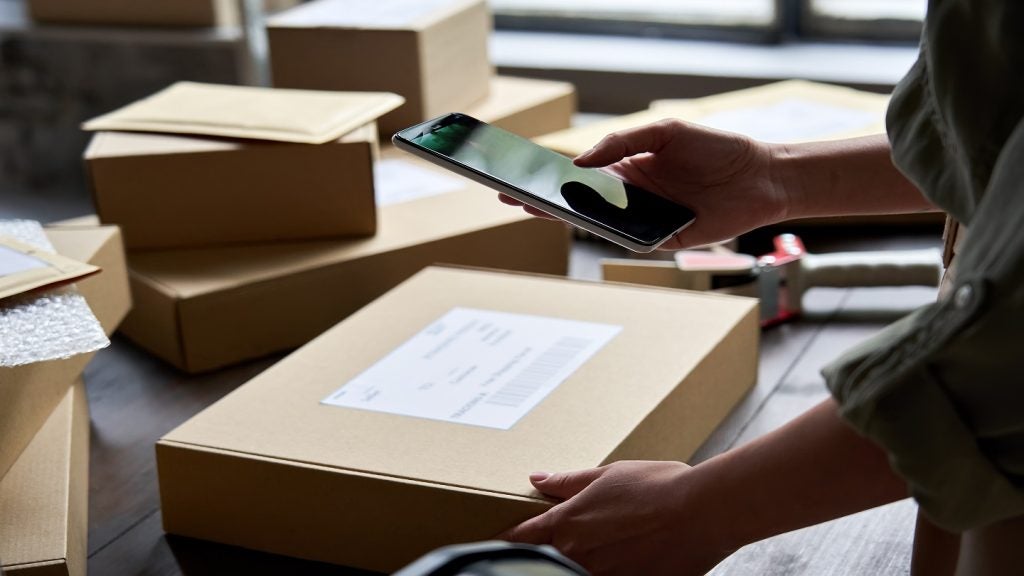
Under increasing pressures of global net zero targets, rising material costs, a volatile post-Covid economy, and changing consumer lifestyles, the packaging industry is facing a broad range of demands. While it is expected to be worth $1.15trn by 2030 worldwide, overcoming technology barriers will be instrumental in the industry’s ability to remain competitive.
Without delving too deep into the complexities of a packaging facility’s specific challenges, broadly speaking, the industry is facing challenges of remaining profitable in a world where material prices are rising due to inflation, geopolitical turmoil in Ukraine affecting supplies worldwide, and growing needs to adapt to eco-friendly materials. Digital transformation is also being felt, accelerated by the pandemic, which is only adding more pressure on packaging providers to offer solutions for healthy prices and meet new environmental standards.
One of the more overlooked challenges facing packaging firms is the need to remain adaptable and secure in an age where regulatory compliance, data security, and cyber hygiene are increasingly important. Packaging still plays a pivotal role in supply chains worldwide, and with eCommerce continuing to grow, firms must demonstrate greater agility in the evolving threat landscape.
Establishing a SIEM (Security Information and Event Management) solution is a vital tool for any packaging facility looking to protect its data assets and ensure compliance with industry regulations while navigating complex cyber security challenges. Adopting a native cloud-based SIEM across a firm’s entire infrastructure, packaging providers can achieve greater visibility of their risks, minimise their attack surface, and obtain greater control over their response procedures.
How well do you really know your competitors?
Access the most comprehensive Company Profiles on the market, powered by GlobalData. Save hours of research. Gain competitive edge.

Thank you!
Your download email will arrive shortly
Not ready to buy yet? Download a free sample
We are confident about the unique quality of our Company Profiles. However, we want you to make the most beneficial decision for your business, so we offer a free sample that you can download by submitting the below form
By GlobalDataFor an industry dealing with sensitive consumer data, intellectual property, and proprietary packaging designs, having a way to detect suspicious access attempts or policy violations is critical. Understanding how a cloud SIEM works can help teams analyse critical event data in real-time, rapidly identifying incidents which require investigation. In turn, this enables faster containment of breaches and reduces potential harm caused by cybercrime, ranging from opportunistic phishing attempts to calculated ransomware attacks.
See Also:
How does a SIEM work in a packaging context?
SIEM tools comprise various software, hardware, and cloud services which combine to ingest, process, and correlate vast amounts of disparate system data within a company’s infrastructure.
The principal function of a SIEM is to apply threat intelligence, monitoring and advanced analytics to aggregated data and events, however extensive. Many firms – particularly international ones – deploy SIEM tools to streamline the visibility of log data across their environments while automating workflows and establishing a centralised detection and response process.
As far as packaging is concerned, exercising cyber security often falls lower on the priority list than tasks involved in keeping operations afloat and meeting evolving regulatory demands. Put simply, many firms lack the resources or technical proficiency to properly manage the threat landscape effectively. However, deploying SIEM tools as operations become more automated can be a proactive answer to many of the incumbent challenges facing packaging companies.
Here is how a SIEM tool would likely work in a hypothetical packaging environment:
Data collection
- Collects log and event data from security devices, servers, databases, applications etc. across a company’s entire digital infrastructure.
- The tool parses and enriches raw log data with contextual information to make it readable and easy to understand.
- For example, data is broken down into event types, source IP addresses, usernames, geolocation data, and more.
- Data is stored and timestamped ready for analysis in a central repository.
Correlation analysis
- The SIEM correlates log data to identify sequences of events which match known attack patterns.
- Statistical analysis spots anomalies which can also indicate malicious activity.
- Threat and risk factors are sorted based on severity and likelihood helping teams mitigate potential issues quickly.
Alert generation
- While packaging companies may not always have built-in SOAR capabilities within their infrastructure, they are still alerted to potential threats and can make informed decisions about resolutions.
- When investigating suspicious activity, firms can revisit repositories for historical data and share data with others confidentially.
Reporting
- Built-in and customisable reporting tools provide audit evidence for compliance needs, such as GDPR, PCI DSS, and HIPAA needs.
- Dashboards can be used to display the status of all threat activity to interpret context and reasons why they may have occurred.
- Reports are used to establish continuous monitoring solutions and provide external validation to external regulators.
Benefits of a SIEM for packaging facilities
Implementing SIEM solutions in packaging facilities offers such firms multiple benefits, including (but not limited to):
Real-Time Threat Detection
Firms can actively monitor their infrastructure and payload data for indicators of compromise (IoC) with increased confidence, keeping operations afloat for longer and with minimal downtime. Malicious attempts can be quickly and decisively detected without processes grinding to a halt.
Accelerated Incident Response
IT teams can contain breaches much more quickly and effectively before malware or hackers can move laterally through systems and networks. Detailed reporting in SIEM tools can allow for improved decision-making.
Improved Compliance Controls
Packaging firms can balance all of their stringent regulatory requirements with greater peace of mind. SIEM technology and reports demonstrate a firm’s adherence to a variety of regulations and frameworks.
Data Protection
SIEM tools detect and prevent proprietary designs, branding, products, and intellectual property from being leaked or compromised ahead of release. Non-disclosure agreements are therefore less likely to be affected, and thus the risk of damaging supplier and buyer contracts is lowered. Furthermore, identifiable data is less likely to enter the public domain, keeping a packaging company from facing heavy public scrutiny.
Increased Automation
Firms can reduce manual workload by using automation technology built within a SIEM interface. Teams can be entrusted to focus on more strategic work while the SIEM software processes and aggregates large datasets quickly, reducing manual fatigue.
Considerations for SIEM deployment
Deploying a SIEM solution is not something to take lightly or overlook. The benefits are clear, but packaging firms should strategically plan for the deployment of such a solution.
Firms should:
- Thoroughly assess their existing setup to understand the data sources that need to be integrated for complete visibility.
- Ensure sufficient long-term storage capacity.
- Upskill security teams if necessary to ensure skills gaps are bridged and that SIEM solutions can be used autonomously and confidently.
- Establish processes for collaboration between SIEM and external teams.
- Assess regulatory factors to select the most suitable SIEM architecture.
SIEM solutions enable packaging organisations to obtain greater, more holistic visibility of their risk factors. By deploying SIEM software, any breaches or risks that could compromise consumer safety or business reputation can be rapidly detected and contained without causing heavy disruption to current operations.
SIEMs can shed light on cyber threats that could potentially go unnoticed by a packaging facility. Empowering them with the ability to spot suspicious patterns and activity in real-time allows them to reduce their attack surface and minimise potential violations.
While implementing a SIEM requires methodical planning and resources, the improved security posture and reassurance it provides will be worth it. The upfront costs of an infrastructure overhaul will pale in comparison to the reputational and financial damage incurred if a packaging firm fails to uphold data privacy in a world where security is everything.
About the author: Annie Button is a freelance writer based in the UK. She specialises in business development, sustainability, digital trends, marketing, and HR.







